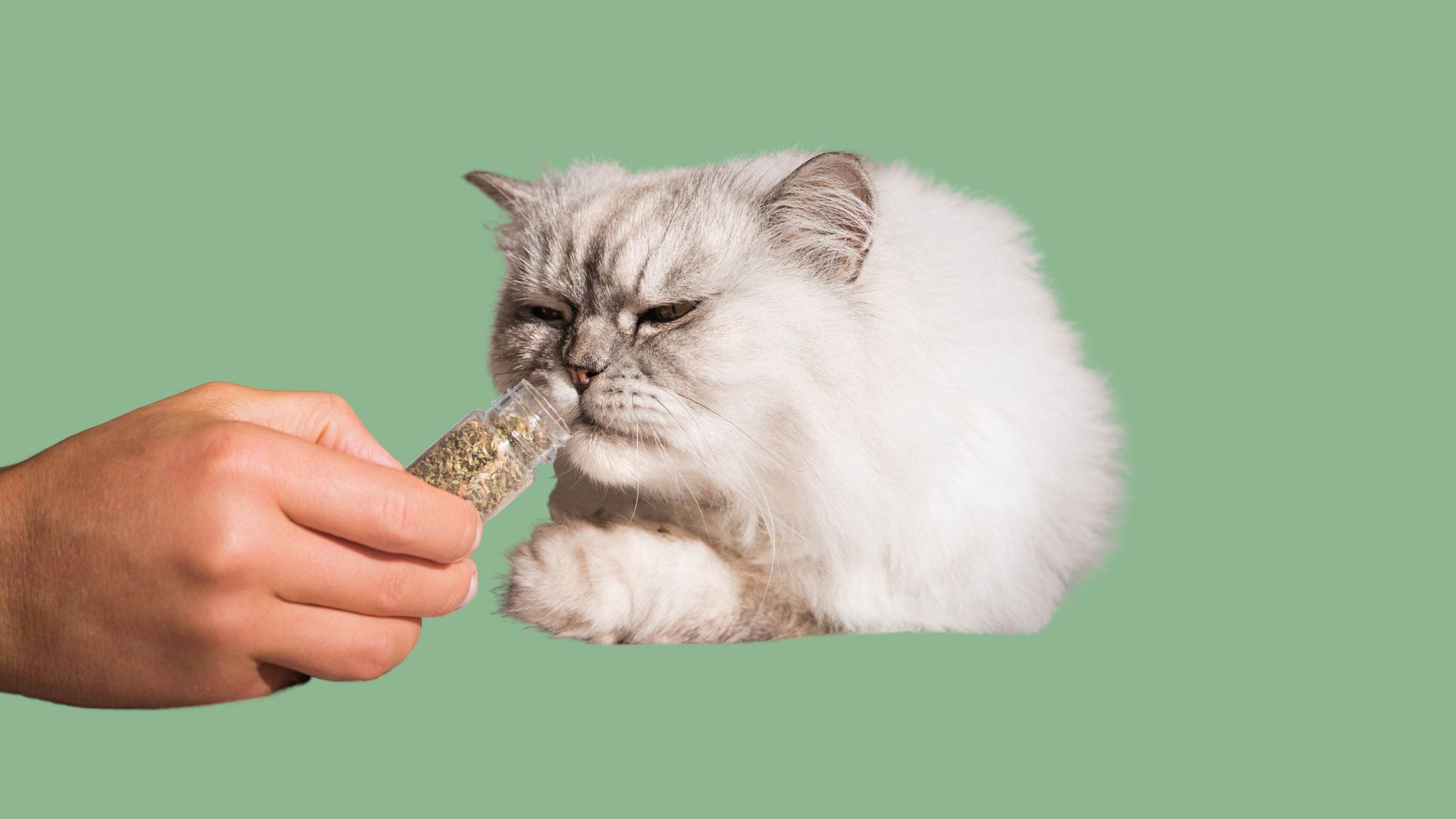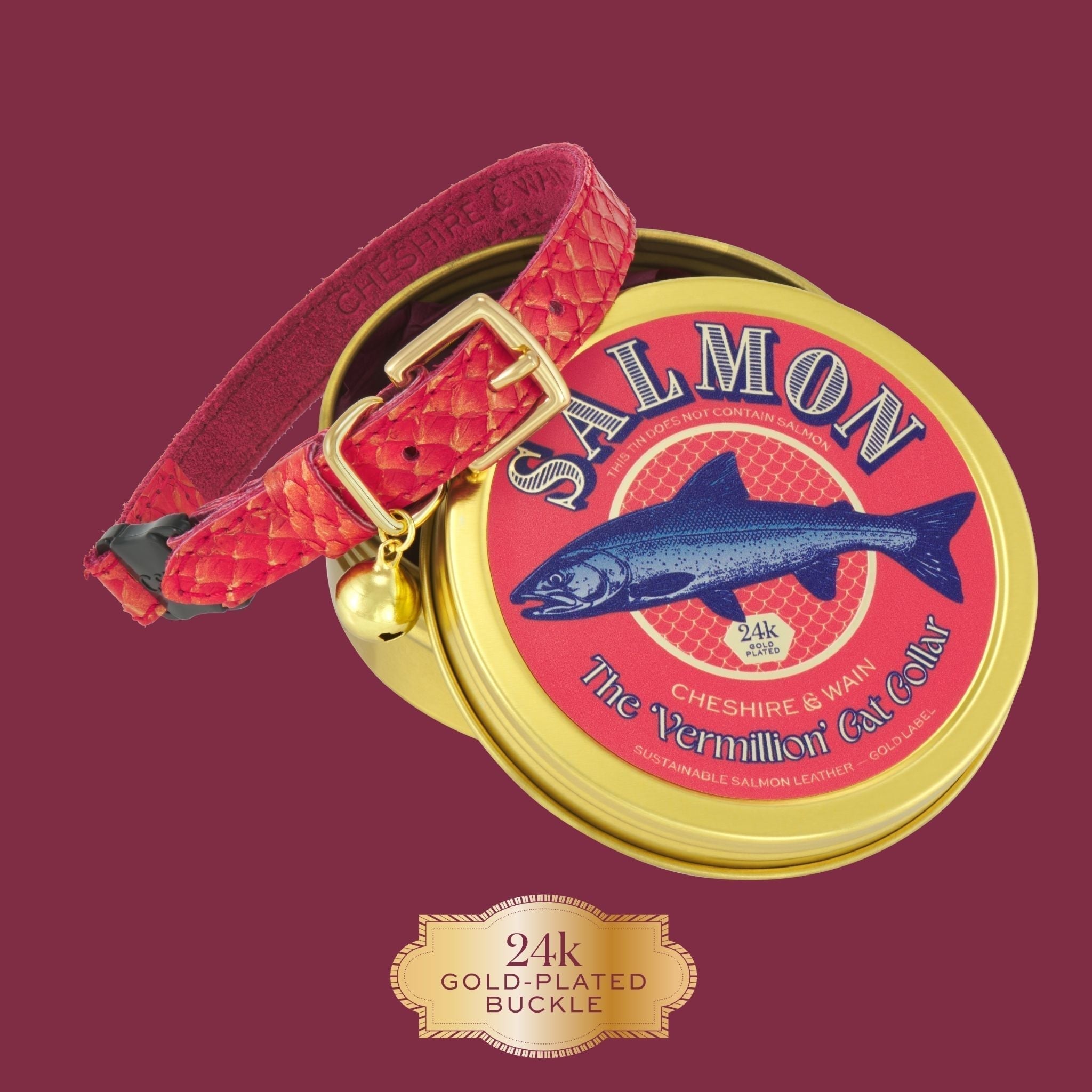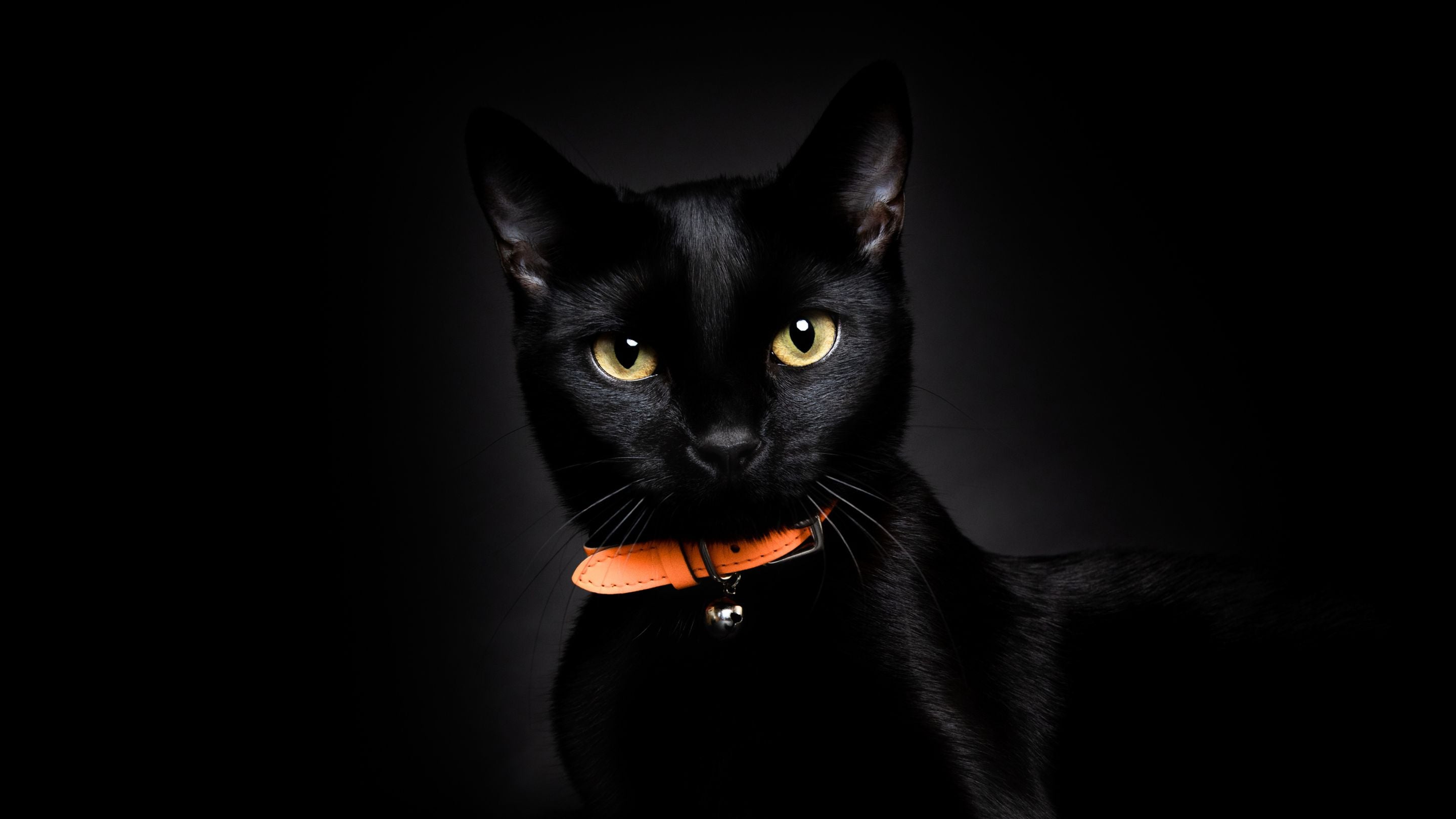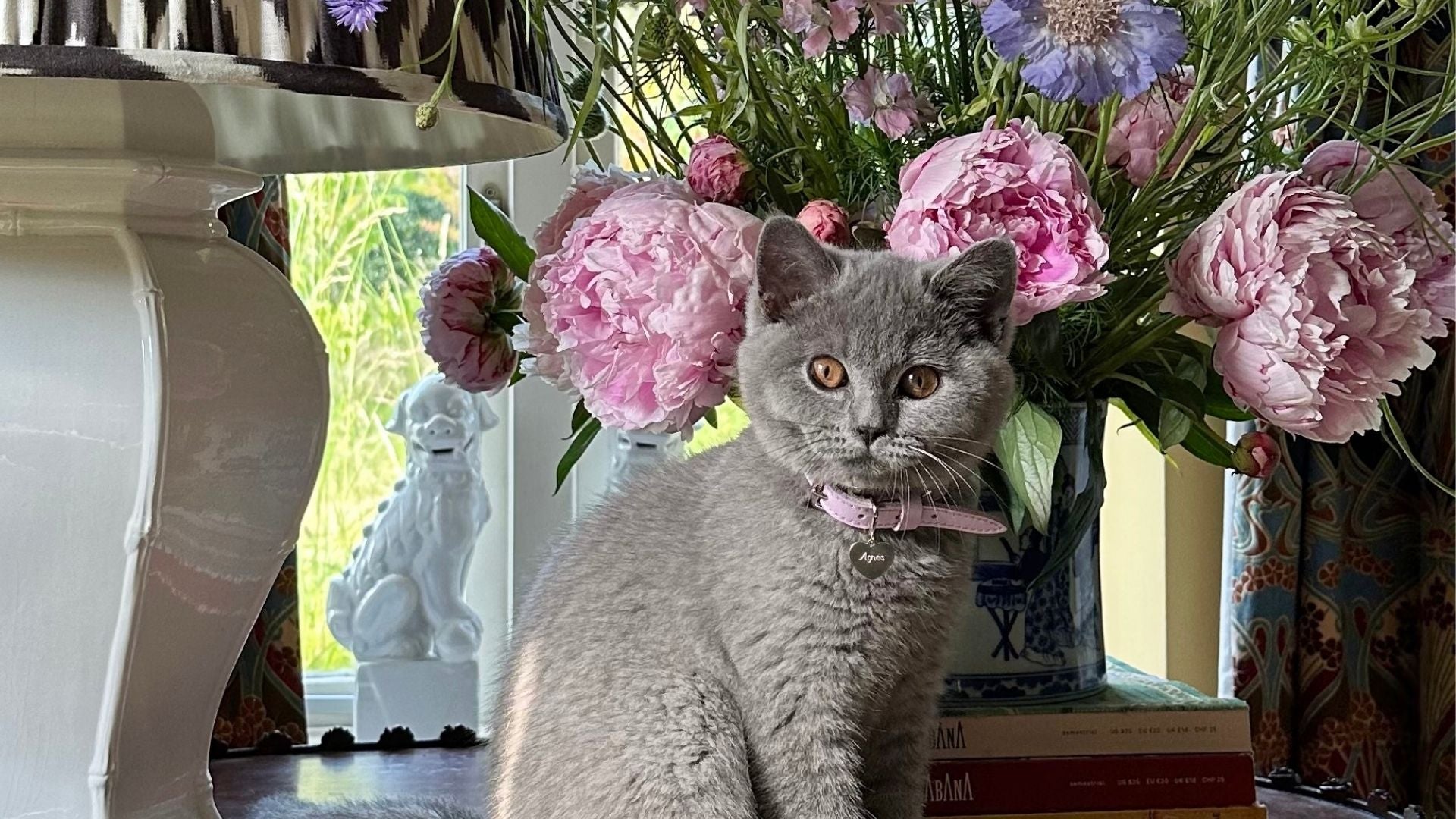Why does your cat need catnip in their lives?
The benefits are fantastic! It has been found to reduce stress, anxiety and depression in our feline friends as well as stimulating energy and play, contributing to healthy weight and movement.
Purrs all round
How a cat responds to catnip is determined by how they are exposed to it; ingesting or inhaling. If ingested, a cat will become sleepy and euphoric, and may display this with purring, drowsiness or licking. If inhaled, you will see some excitement and hyperactivity, resulting in pawing, licking, rolling and leaping.
Loose British Catnip in Gift tin
Cheshire and Wain’s Caviar Catnip toy has catnip sealed inside, helping to extend the potency of the toy over time as well as allowing the cat to indulge in their catnip desires without over exposing them to too much.
When giving your cat loose catnip, simply sprinkle one tablespoon around your feline’s favourite toys or on their bed. Make sure to keep it sealed tightly in a bag or container, and somewhere your cat’s paws can’t get to when not in use!
Why is my cat not bothered by catnip?
Believe it or not, the most common reason is that a cat’s ability to react to catnip is hereditary. This means that a cat is either born with or without the mendelian-dominant gene needed to determine whether a cat is responsive or not.
A majority of ⅔ of cats have this gene, which still leaves around 30% of cats as genetically non responsive. If catnip does not impress your highness, why not try playing with your cat’s physical senses, such as teaser toys.
Another common reason is the age of your cat. The nepetalactone is detected through the olfactory system, (which is the system used for smelling) by binding itself to these tissues that detect odour.

It is suggested that both kittens and older cats are less receptive to catnip, due to them having an underdeveloped or weakened sense of smell.
The difference in a cat’s ability to respond to catnip highlights how and why each cat is different in their play personality. This makes it all the more important to discover the best type of play that motivates your cat!
What are the best catnip alternatives?
If your chief mouser isn’t interested catnip, there are a few alternatives you can try!
Valerian root is a purrfectly safe replacement, and can be ingested and used in small quantities during play. Despite being used by humans to ease anxiety and help us nod off, it has the opposite effect in cats, often inducing hyper activity.
Each cat is different, and where some may become really excited and energised after exposure to valerian, others may present as calmer and more docile. Like catnip, you won’t know until they try it!
Valerian root can be administered in the same way as catnip, with the dried root either within a toy, like our Valerian Root Cloud or sprinkled over their play area or in their safe space (about a teaspoon should do). Make sure the dried root of the plant is finely cut so they don’t choke on it, and like loose catnip, keep it in a tightly sealed container for ultimate longevity and freshness.
Silvervine and tatarian honeysuckle have been found to have similar effects as catnip, as well as rosemary and peppermint.
Tatarian honeysuckle could be the best choice if your cat is younger than six months, as cats are only responsive to the stimulant oil, nepetalactone, found in catnip after puberty. It also has a stronger odour, so might also be a good choice if your feline has a muted sense of smell.

It is important to note that we should never give our fluffy friends valerian root or honeysuckle supplements meant for humans as they may be too strong and contain ingredients that are harmful to cats.
Why does my cat love catnip?
It is thought that the oil found in the stem and leaves of the plant actually mimics a feline pheromone! This oil is called nepetalactone, and has been found to produce a reaction from some bigger cats too including lynxes, and even some lions!

Percy with a new delivery of Cheshire & Wain Prawn toys
The effects of catnip usually last from 5 to 15 minutes. This is then followed by a lull in which the plant will have no effect on the cat. This normally lasts around 2-3 hours, after which your feline friend will be ready for another round of excitement.
Catnip is also safe for any canine companions you may have in your household.
Where does it come from?
Nepetana Cataria (also known as cat’s wort, cat’s mint or catnip) is a plant member of the mint family. Native to Europe, the Middle East, Asia and part of China, however the majority of commercial catnip is grown and produced in the United States.

It is an easy plant to grow, which grows around 50-100cm in height, and blooms from spring through to autumn. The plant can be used for both human and animal consumption, and is often used in teas as a relaxant.
However, a little can go a long way!
Cheshire and Wain have been growing our very own crop of catnip on an organic farm in Dorset, UK. We harvested the catnip at it’s most potent stage (just after it flowers) and this will soon be available in loose form via our online shop.

Cheshire & Wain's catnip crop in Dorset.
My cat became aggressive when I gave them catnip. Is this normal?
Does your cat scratch and bite after being exposed to catnip? Some male cats can become over-boisterous, leaning towards aggressive behaviour if exposed to too much catnip, according to behaviour expert Pam Johnson-Bennet.
It may also cause issues with males in a multi-cat household, as Johnson-Bennet explains:
“The first time you give catnip to a male cat in a multi-cat household, my recommendation is to do it in a separate room so you can see what kind of reaction he has.”
Remember, less is more for the best result. Get to know your feline friend and work out what type of play they like best. It’s a great way to build a happy relationship and a happy cat household.








Share:
Celebrating International Cat Day - Buy Rope to Donate Profits to UK Cat Charity
Valerian: The Catnip Alternative